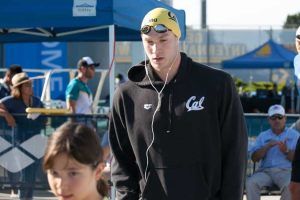
Pump Up Songs for Swimmers: How Tunes Can Help You Swim Faster
Here is the science behind how pump songs can help swimmers perform faster in the water.
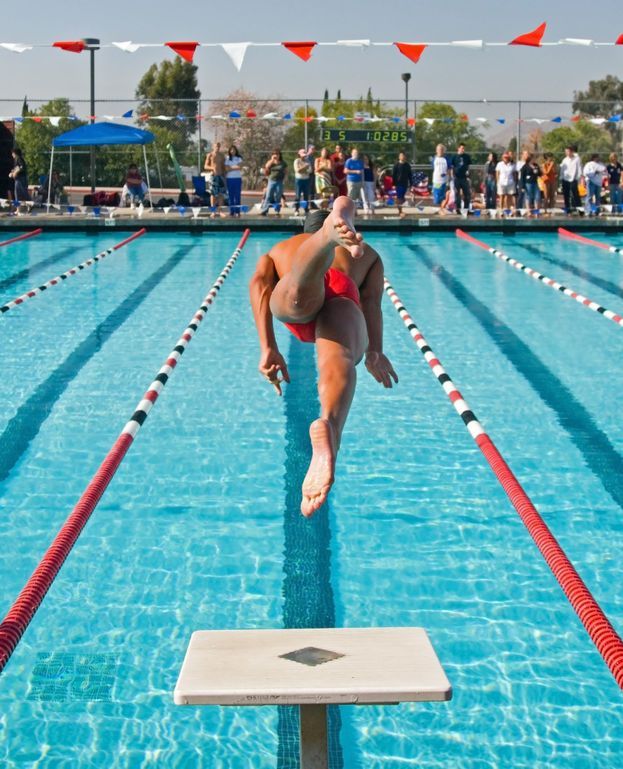
A lot goes into your races. There are countless laps, hours in the pool, and too many early mornings to count. When we think about the fact that races are decided by fractions of a second, it becomes even more critical to find a way to get ahead of the swimmer in the lane next to you.
Visualization, or guided imagery, is a very powerful tool that you can add to your arsenal to further improve the likelihood of success at your next competition. By mentally rehearsing your race in your mind you are “hard wiring” the performance into your brain. By the time you step up on the blocks, you have already executed the race so many times that the physical race is just a re-enactment of the mental exercise you have been doing.
Here are 5 ways to that visualization can help you swim faster:
Visualization should be treated as a skill, not a band-aid for a last minute lack of preparation. Doing it well requires you doing it often. Fortunately you can do it just about anywhere, anytime (though preferably when not driving). You can do it at night in bed, in the back fo the car, on the bus, when you are stretching before practice, and so on.
Do it consistently, a few minutes a day, as opposed to banging out one long session every couple weeks. The more you do it the easier it will be to imagine an outcome that you desire, as well as keep a lid on outcomes you don’t want from popping in there.
Speaking of which…
This seems obvious, but you and I both know what it is like to have our thoughts run away from us. We start out imagining the best possible outcome, but then those awful and nagging little cracks of doubt begin to tear open our positive outcome. What if my bathing suit falls off? What if my goggles fill up? False start? I leave early on the takeover?
Similarly, you might find at first that you are having difficulty keeping a rein on your thoughts. You find a quiet place, close your eyes, imagine your race in full detail, but soon you catch yourself thinking about your homework. Or what you are going to do with your two days off practice next week. Or whether Rick will ever go to war with the Governor and simply stop talking about it (Walking Dead reference for the uninitiated).
Each time this happens, reset, and focus on the details to make the image clearer in your mind.
Sure, you could imagine yourself winning a race or destroying that personal best time over and over, but to take your visualization to the next level you should be focusing on 4 areas—
With these four components in place you will be building imagery that is more powerful, more visceral, and even more “hard-wired” into your brain.
You don’t have to imagine everything from scratch. There are things you can experience or sense prior to your race. Get up on the block and see how to the block feels. Listen carefully to the starters pistol. The roar of the crowd. File these sensations and use them later for your visualization efforts.
As mentioned above, visualization is a skill; a skill that should be incorporated into your preparation as much as stretching or warming up. The power in visualization is that by experiencing the race repeatedly before hand, when you finally do dive in there’s nothing left to really think about. Your sub-conscience has been here before and re-enacts it.
As mentioned earlier, you should be doing a little bit of visualization every day, particularly in the weeks leading up to your competition. In my racing days I would bang out a good 5-10 minutes (time permitting, of course) of visualization about 10 minutes before my race. In addition to the 15 minutes or so each night in the couple of weeks leading up to the competition.
Of course, you don’t need nearly as long — 1-2 minutes can work just as well if you are doing it correctly. Put a towel on your head, some music to block out the people around you, and imagine yourself achieving your goals.
Create a routine for yourself and make it part of your race preparation.
So there you have it, five powerful (and easy!) ways to implement the massive power of visualization into your swimming. Now, I am off to watch the Walking Dead series finale!

Olivier Poirier-Leroy Olivier Poirier-Leroy is the founder of YourSwimLog.com. He is an author, former national level swimmer, two-time Olympic Trials qualifier, and swim coach.
✅ Free shipping on Orders over $49
✅ Price Match Guarantee
✅ Best selection of gear for training and competition
✅ Fast and Easy Returns

“This is the best book I have ever seen concerning mental training.” — Ray Benecki, Head Coach, The FISH Swim Team


Here is the science behind how pump songs can help swimmers perform faster in the water.
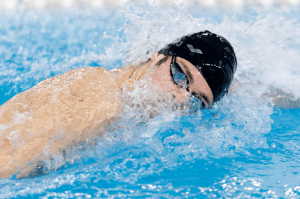
Often times we can be our own worst enemies in the pool. From paralyzing thoughts of failure, to getting too worked up before a race, our brains get in the way of our bodies from performing the way it has been conditioned to. Here are 6 ways to get out
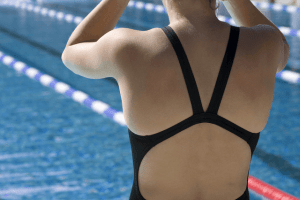
You have trained your butt off all year, killed it over the holidays, and declined your friends invitations to go out on the weekend so that you could hibernate and recover. Now comes the fun part – unleashing all of that hard work at your year-end meet. This experience, the
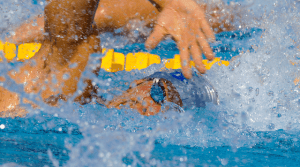
Struggling to get where you want to go with your swimming? Here are 6 common reasons you aren’t seeing the results you want in the pool.
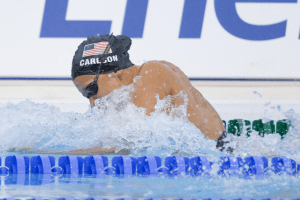
With every major success story, whether it is swimming, other sports, business or even the arts, a common thread between high performers in each field is that they have a legendary work ethic. It’s one of the prerequisites of success that we like to think we are exempt from, or
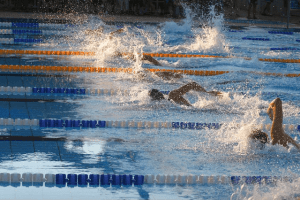
Setting goals for your swimming seems exceptionally simple, doesn’t it? After all, you dream on what you want, maybe even write it out, and bingo! Goal achieved, right? If setting and achieving goals were that simple, that straightforward, that easy, then goals would be getting toppled left, right and center.
SITE
SHOP
GUIDES

LANE 6 PUBLISHING LLC © 2012-2025
Join 33,000+ swimmers and swim coaches learning what it takes to swim faster.
Technique tips, training research, mental training skills, and lessons and advice from the best swimmers and coaches on the planet.
No Spam, Ever. Unsubscribe anytime.
